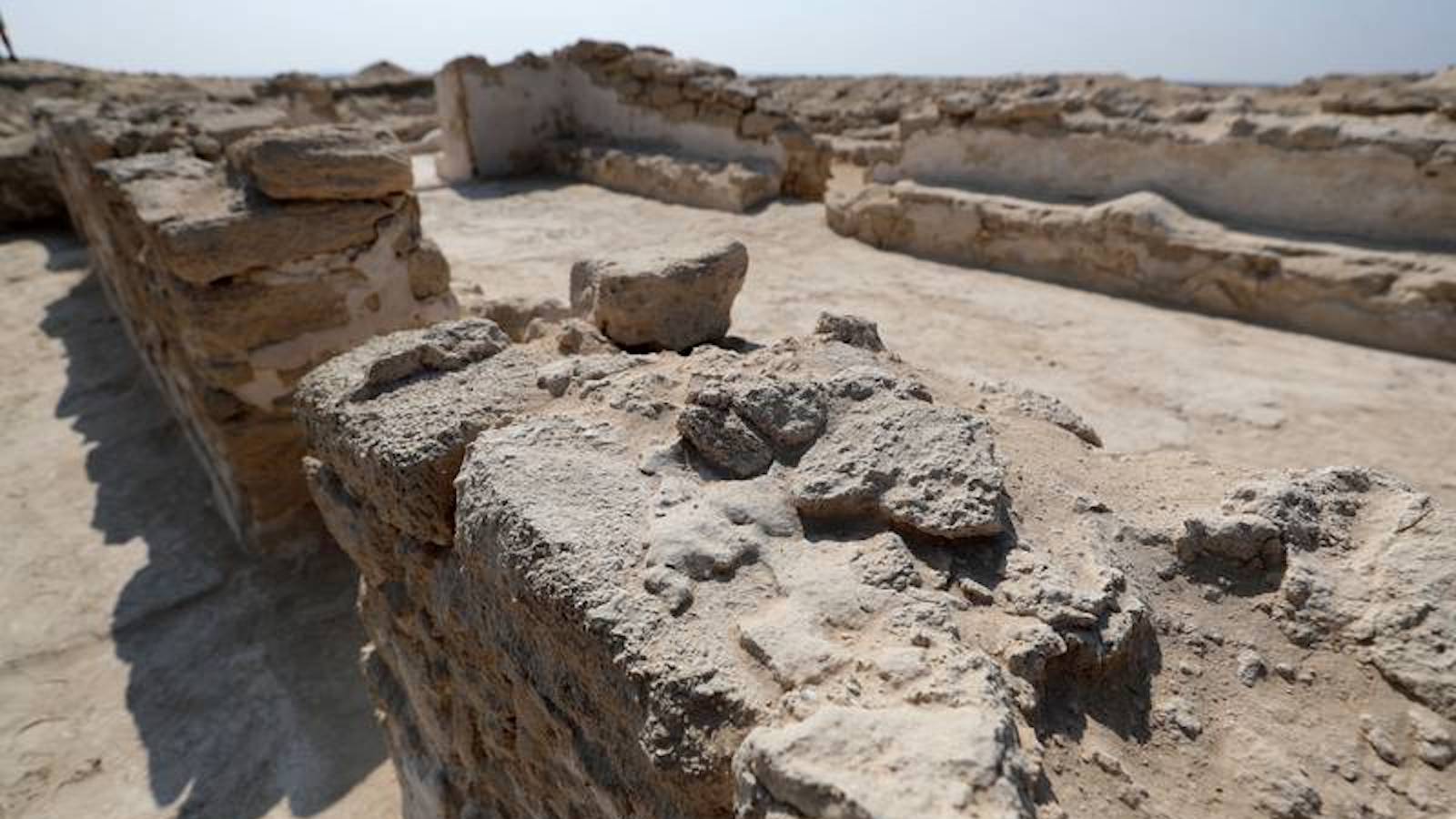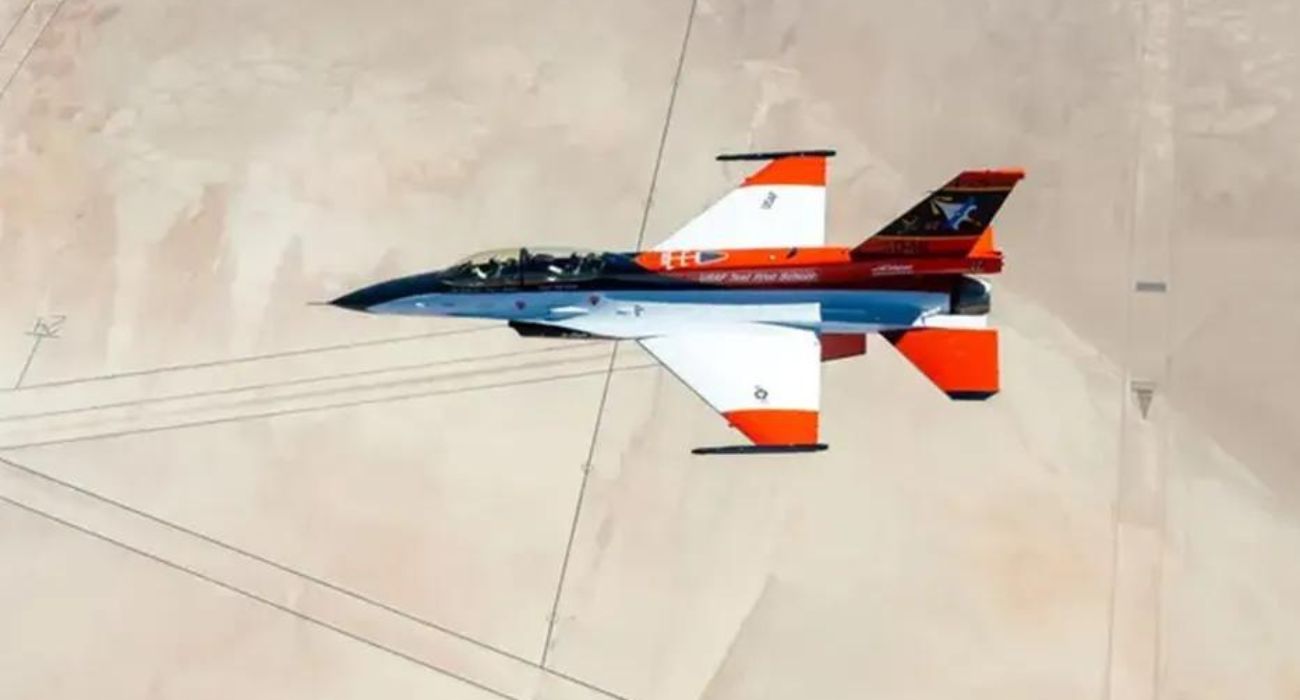Around the world, archeologists continue to dig into the past of human civilization and this has led to two significant findings in the last few weeks. Researchers have unearthed an early Christian monastery in the United Arab Emirates and a tunnel located beneath the foundation of the Taposiris Magna Temple that may lead to the tomb of Queen Cleopatra.
On November 3, the United Arab Emirates department of archaeology and tourism announced the discovery of an ancient Christian monastery. The monastery was found on Al Sinniyah Island in the emirate of Umm al-Quwain, 30 miles northeast of Dubai.
Through carbon dating, researchers believe the temple to be approximately 1,400 years old. The monastery was built with local beach rock covered with lime plaster and is impeccably preserved.
The floor plan of the monastery suggests that early worshippers prayed along a single-aisle church seven times a day. Researchers found bowls and a large cistern beside an altar, which could have been used as a baptismal font and for drinking water. The monastery encompassed a small kitchen for baking communion bread.
“We also found oversized glass chalices… intended to deliver the Eucharist and for the ceremony,” explained Timothy Power, an associate professor of archeology at the United Arab Emirates University, who helped excavate the monastery a year ago.
A small, four-room house was discovered beside the monastery, which may have belonged to an early bishop.
Although the island is currently uninhabited, it was once home to a thousand people who transported pearls, wine, and food along the Persian Gulf.
Meanwhile, across the vast deserts of Saudi Arabia and into the sands of Egypt, a tunnel was discovered beneath the Taposiris Magna Temple, which may lead to Egypt’s final Pharaoh: Cleopatra.
The tunnel itself is a “geometric miracle” carved out of rock 43 feet beneath the surface and spanning 4,800 yards in length.
“This is the first time that any archeologist has found tunnels, passages underground [and] inside the enclosure walls of the temple, so we have changed forever what they know about [ancient Egyptian] architecture,” said Kathleen Martinez of the University of Santo Domingo.
For the past 15 years, Martinez has been studying the Taposiris Magna Temple (which means Temple of Osiris) with the belief that Cleopatra’s tomb was buried near it. Martinez asserts that being buried according to the legend of Isis and Osiris “would allow Cleopatra to live with Antony in another form of existence, so they would have eternal life together.”
“[Cleopatra] wanted to be buried with [Mark Anthony] because she wanted to reenact the legend of Isis and Osiris,” explained Martinez.
Legend states that Mark Antony left his wife for Cleopatra, which violated Roman law. Caesar Augustus declared war on the ill-fated couple.
Following their defeat, Cleopatra sought refuge in a mausoleum and disappeared. Struck by grief, Mark Antony stabbed himself in the chest. Cleopatra found Mark Antony and held her lover in her arms as he passed away. As legend states, Cleopatra killed herself shortly after by poisonous snake bite.
Cleopatra and Mark Antony are considered the first celebrity couple. Their story of forbidden love served as an inspiration for Romeo and Juliet and has been portrayed in various plays and films such as Elizabeth Taylor’s 1963 “Cleopatra.”
Despite Cleopatra’s fame, the location of her tomb has remained a mystery.
Martinez claims that if the tunnel holds the key to finding Egypt’s final Pharaoh, it would be “the most important discovery of the 21st century.”







Congratulations to Dr. Martinez on the find!! I knew she would find it!!!!
Kudos to Kathleen Martinez and her team of archeologists who discovered this amazing find! I hope there will be pictures of the monastery and little house. I’d love to see what was found inside the monastery. Finding the Tomb of Cleopatra would be amazing too!